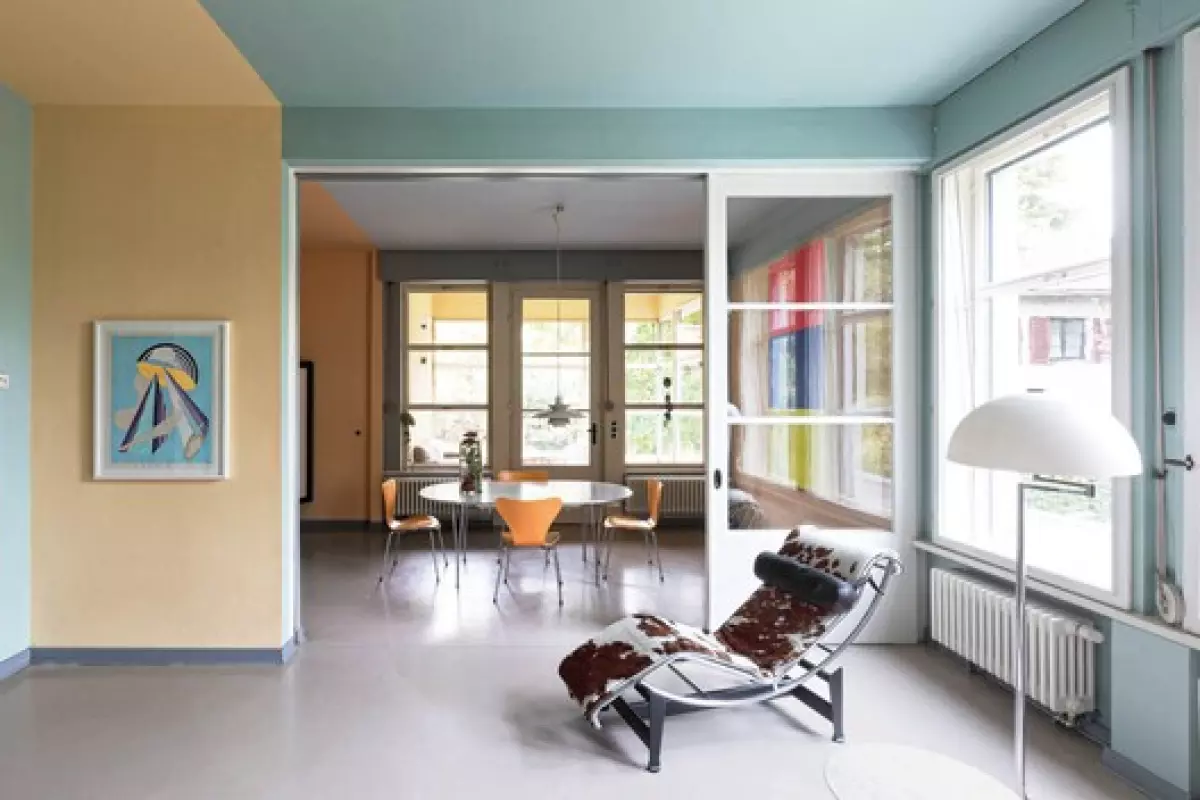 Walter Gropius’s 20th-century House in Jena, Germany. Image © Michel Figuet/Living Inside
Walter Gropius’s 20th-century House in Jena, Germany. Image © Michel Figuet/Living Inside
Art and architecture have always been intertwined, with art movements serving as a catalyst for exploring new relationships between the two. By incorporating art into buildings and interior spaces, architects have transformed them into beautiful, inspiring, and spiritually uplifting environments. Throughout history, art movements such as the Renaissance, Baroque, Art Nouveau, Art Déco, and Bauhaus have had a significant impact on architecture. These movements have influenced spatial organization, furniture design, product patterns, and user interaction.
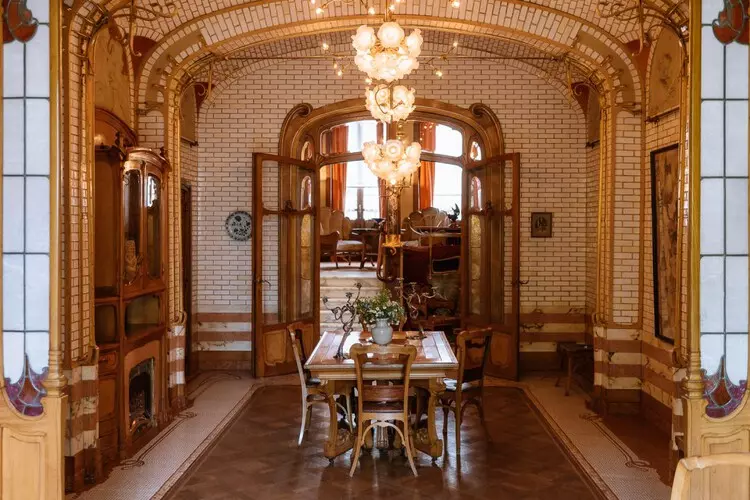
Art Nouveau, Art Déco, and Bauhaus emerged in the late 19th and early 20th centuries as responses to the industrial age. By exploring their relationships with architecture through home interior spaces, we can draw comparisons and distinctions between how each movement created new spatial experiences.
Art Nouveau
1890s - 1920s
Art Nouveau and Art Déco were two powerful movements that dominated the world of art, design, and architecture at the turn of the 20th century. While Art Déco embraced geometric and modernist elements, Art Nouveau was inspired by nature, featuring sinuous lines and organic shapes. It sought harmony in every aspect of a structure, from walls and windows to furniture and decorative details.
 Victor Horta House Art Nouveau Spaces. Image © Brigita Soldo/ capturingourdays.com
Victor Horta House Art Nouveau Spaces. Image © Brigita Soldo/ capturingourdays.com
Art Nouveau interior spaces featured subtle curves, flowing lines, and intricate surface decorations. Furniture was crafted with bold curves and adorned with detailed motifs, often inspired by nature. The main furniture pieces took center stage, while other elements of the room complemented and focused on them. The floral motifs extended to floorings, ceilings, lamps, and cutlery in dining spaces.
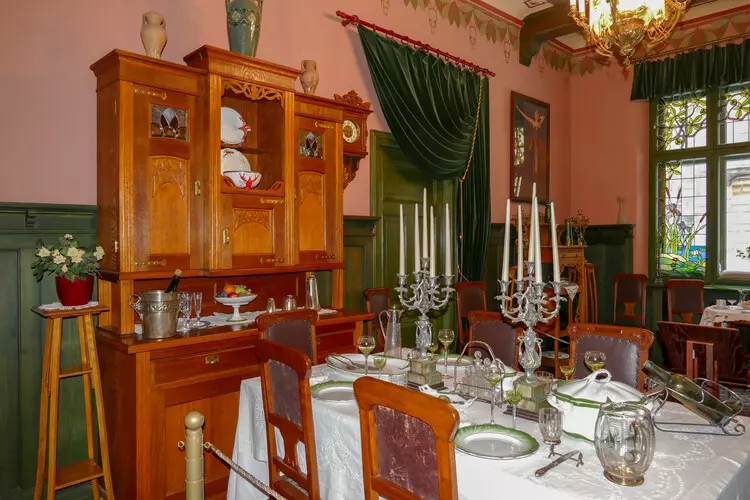 Interior of Riga Art Nouveau Museum Dining room. Image © Sindii/ Shutterstock
Interior of Riga Art Nouveau Museum Dining room. Image © Sindii/ Shutterstock
A prime example of Art Nouveau in interior spaces is Victor Horta's house in Brussels, built in 1898. Its undulating asymmetrical lines, intricate curves, and floral patterns create a joyful and celebratory atmosphere. Stained glass is used to manipulate light, enhancing the overall aesthetic.
Art Déco
1910s - 1940s
Art Déco emerged in the 1920s as a reaction to Art Nouveau's protest against mass production. It embraced the industrial age by emphasizing simple lines and geometric patterns, adorned with luxury materials and rich color palettes. This movement influenced furniture design, interior spaces, and architecture.
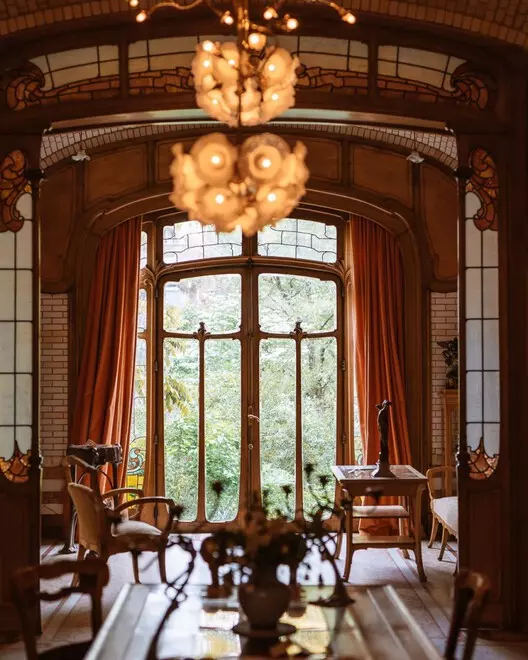 New Palace, Western Gujarat. Image © Salva López/ salvalopez.com
New Palace, Western Gujarat. Image © Salva López/ salvalopez.com
Art Déco home interiors are defined by geometric patterns, bold colors, and diverse materials. From floors and walls to doors and ceilings, spaces are adorned with geometric motifs like trapezoids, zigzags, and sunbursts. The combination of lacquer, mirrors, wood, metal, and contrasting colors creates a luxurious feel. The simplicity of the structural design is balanced with decorative ornaments, projecting personality across the interiors.
 Art Deco Room
Art Deco Room
The new palace of Morvi in western Gujarat, India, exemplifies the essence of Art Déco. Built-in 1942, it features elaborately furnished drawing rooms and dining spaces. The different materials, textures, colors, and geometric patterns blend together, creating a harmonious composition. Unlike Art Nouveau, Art Déco uses decorative geometry to complement other art forms.
Bauhaus
1919 - 1933
The Bauhaus movement aimed to bridge artistic creativity with the industrial era, emphasizing the functionality of design. Clean lines, primary colors, and rationality were at the core of Bauhaus interior design and architecture. The movement rejected ornamentation and focused on minimalistic aesthetics.
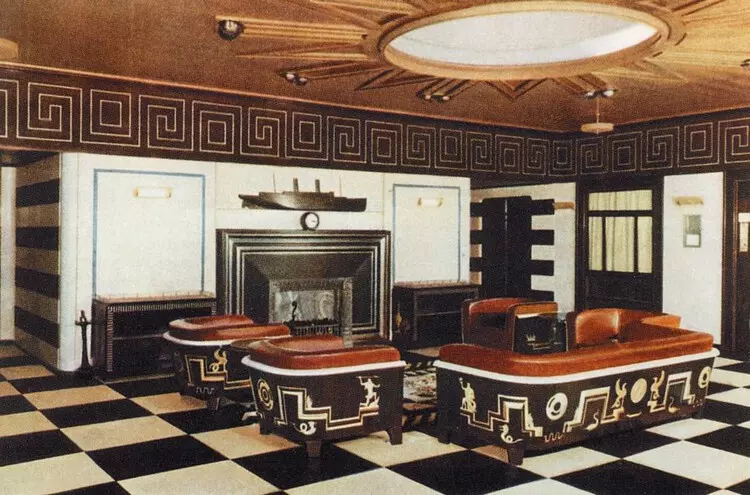 Rabe House by architect Adolf Rading. Image © Alliance/Getty Images
Rabe House by architect Adolf Rading. Image © Alliance/Getty Images
Bauhaus home interiors displayed industrially designed furniture within light-filled, clean volumes. The composition of shapes, colors, and textures of walls, floors, and furniture complemented each other harmoniously. The walls, painted with simple primary colors, served as a backdrop for other forms of art such as paintings and sculptures.
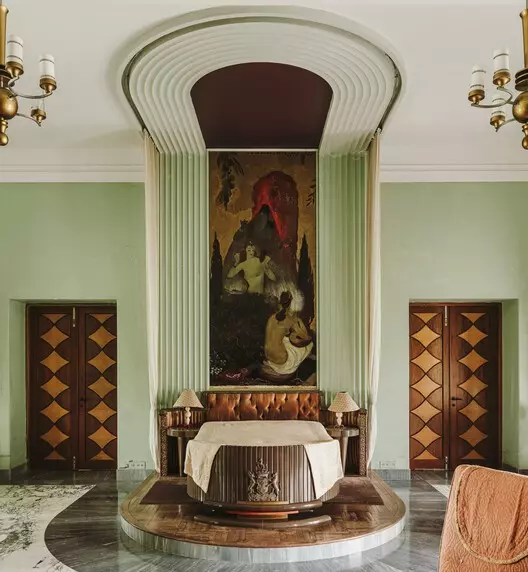 Rabe House by architect Adolf Rading. Image
Rabe House by architect Adolf Rading. Image
The Rabe House, designed and built by Adolf Rading in 1931, reflects the principles of the Bauhaus movement. Its interior spaces feature popular Bauhaus furniture within a play of colorful walls, floors, and ceilings.
The craft of space-making incorporates art in different ways across these art movements. Art Nouveau celebrates artistic craftsmanship, Art Déco complements art with stylized geometry, and the Bauhaus movement creates minimalist backgrounds for art. Exploring the interior spaces of homes reveal the diverse and evolving ways art can shape our living environments.
















